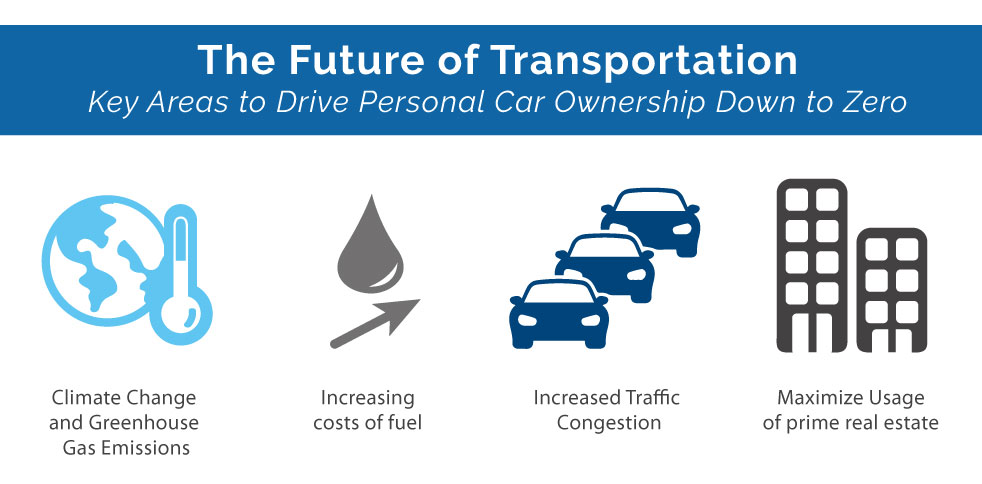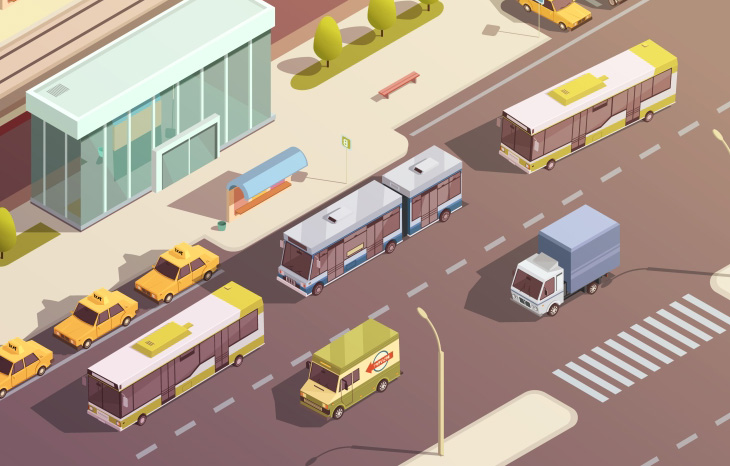In our previous posts, we indicated there could be a significant uptake in automated mobility services within five years, and that mobility as a service could realistically be on offer by 2025.
This very near-term future vision poses several questions for us, our current and future customers, and partners. In our role as a solution provider in this market, what does this mean for the future of passenger, driver, and pedestrian safety? What is our vision of the future of transit? And does our vision dovetail into the future that was discussed at the CUTA – New Mobility Symposium?

The symposium discussed the main drivers behind the industry’s transition to shared mobility and mobility as a service (MaaS):
- Climate change and Greenhouse Gas Emissions
- Increased Traffic Congestion in major urban centers around the world
- Increasing costs of fuel
- The need to maximize usage of prime real-estate (urban parking lots) for better purposes
The solutions that are currently being developed, and those that are yet to be developed, to address these drivers are of no use to us if they don’t also provide a level of safety above and beyond that which is currently on the streets today.

There will always be a need for increased safety and as a result, there will always be a steady and continual emphasis on developing safer supporting fleet solutions. These requirements nicely complement our core vision to help create Better Drivers, Smarter Vehicles and Safer Fleets.
The methods we employ to drive these safety initiatives will remain true in the future as well as today. Driver monitoring and driver education will help create Better Drivers. Better, more detailed, more easily digestible and actionable data, along with better tools, experiences ,and feedback loops will make Smarter Vehicles. Combined – the result will be safer vehicles and Safer Fleets.
Next steps for our industry, therefore, are to create more intelligent vehicles, which in turn drive a safer transit environment. The safety targets that both shared mobility and MaaS models must meet are simply not achievable with humans, unassisted by technology behind the wheel.
As the gulf between shared mobility and autonomous vehicles grows, the requirement for safety will become politically motivated. There will be more of a societal push to discourage people from owning and driving their own cars. Infrastructure will be re-designed. HOV lanes will be viewed as “safety lanes” and pay-to-access pricing will be in effect. Safety and safer vehicles will be favored over other “less safe” vehicles.
In the future, just as today, Better Drivers, Smarter Vehicles and Safer Fleets will be a relevant and integral part of the complete transit solution.

